
The War on TerrorThe Domestic MissionNew Century, Old DisputesHope and Change
- Subject:
- Social Science
- Material Type:
- Module
- Author:
- OpenStax College
- Date Added:
- 07/18/2021

The War on TerrorThe Domestic MissionNew Century, Old DisputesHope and Change

By the end of this section, you will be able to:Describe the efforts to reduce the influence of immigrants on American cultureDescribe the evolution of twenty-first-century American attitudes towards same-sex marriageExplain the clash over climate change

By the end of this section, you will be able to:Discuss the Bush administration’s economic theories and tax policies, and their effects on the American economyExplain how the federal government attempted to improve the American public education systemDescribe the federal government’s response to Hurricane KatrinaIdentify the causes of the Great Recession of 2008 and its effect on the average citizen
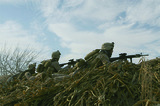
By the end of this section, you will be able to:Discuss how the United States responded to the terrorist attacks of September 11, 2001Explain why the United States went to war against Afghanistan and IraqDescribe the treatment of suspected terrorists by U.S. law enforcement agencies and the U.S. military
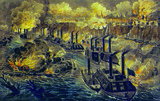
By the end of this section, you will be able to:Explain what is meant by the term “total war” and provide examplesDescribe mobilization efforts in the North and the SouthExplain why 1863 was a pivotal year in the war
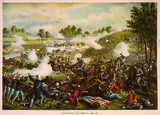
By the end of this section, you will be able to:Assess the strengths and weaknesses of the Confederacy and the UnionExplain the strategic importance of the Battle of Bull Run and the Battle of Shiloh
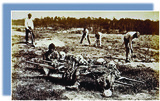
The Origins and Outbreak of the Civil WarEarly Mobilization and War1863: The Changing Nature of the WarThe Union Triumphant

By the end of this section, you will be able to:Explain the major events that occurred during the Secession CrisisDescribe the creation and founding principles of the Confederate States of America

By the end of this section, you will be able to:Describe the reasons why many Americans doubted that Abraham Lincoln would be reelectedExplain how the Union forces overpowered the Confederacy
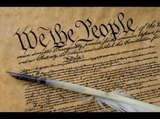
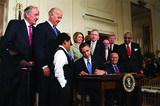
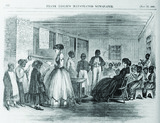
By the end of this section, you will be able to:Describe the efforts made by Congress in 1865 and 1866 to bring to life its vision of ReconstructionExplain how the Fourteenth Amendment transformed the Constitution
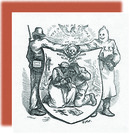
Restoring the UnionCongress and the Remaking of the South, 1865–1866Radical Reconstruction, 1867–1872The Collapse of Reconstruction
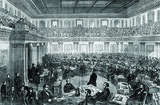
By the end of this section, you will be able to:Explain the purpose of the second phase of Reconstruction and some of the key legislation put forward by CongressDescribe the impeachment of President JohnsonDiscuss the benefits and drawbacks of the Fifteenth Amendment
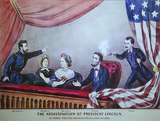
By the end of this section, you will be able to:Describe Lincoln’s plan to restore the Union at the end of the Civil WarDiscuss the tenets of Radical RepublicanismAnalyze the success or failure of the Thirteenth Amendment
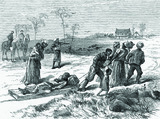
By the end of this section, you will be able to:Explain the reasons for the collapse of ReconstructionDescribe the efforts of white southern “redeemers” to roll back the gains of Reconstruction
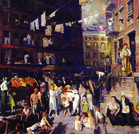
By the end of this section, you will be able to:Explain how American writers, both fiction and nonfiction, helped Americans to better understand the changes they faced in the late nineteenth and early twentieth centuriesIdentify some of the influential women and African American writers of the era

Urbanization and Its ChallengesThe African American “Great Migration” and New European ImmigrationRelief from the Chaos of Urban LifeChange Reflected in Thought and Writing

By the end of this section, you will be able to:Identify how each class of Americans—working class, middle class, and upper class—responded to the challenges associated with urban lifeExplain the process of machine politics and how it brought relief to working-class Americans
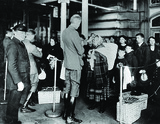
By the end of this section, you will be able to:Identify the factors that prompted African American and European immigration to American cities in the late nineteenth centuryExplain the discrimination and anti-immigration legislation that immigrants faced in the late nineteenth century